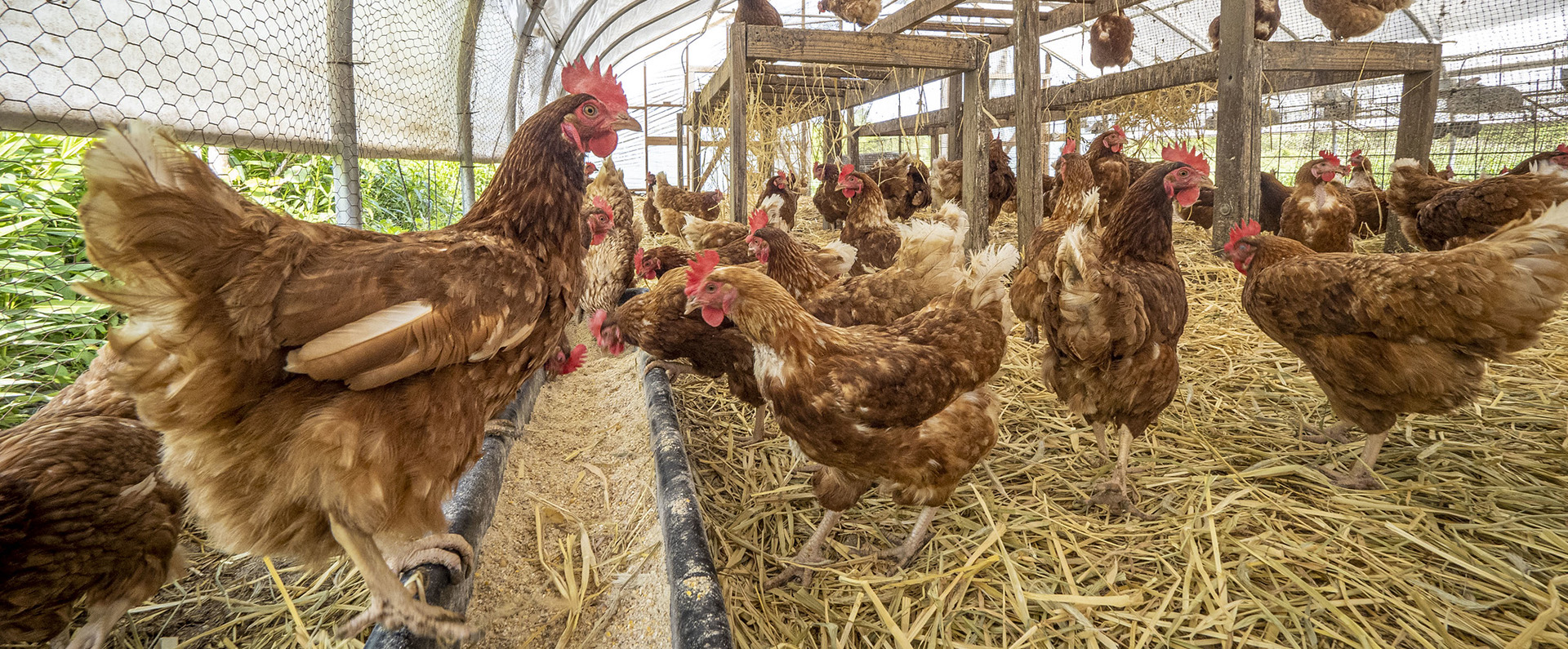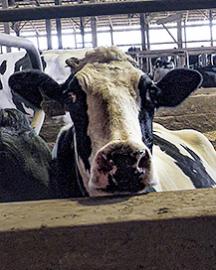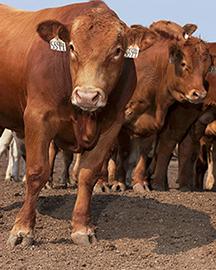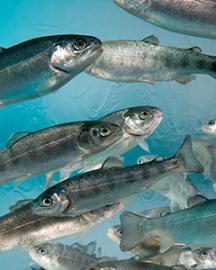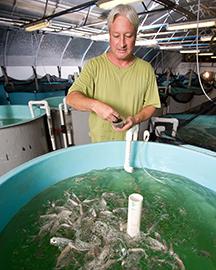Determining Risk Factors of Avian Influenza Outbreaks

Highly Pathogenic Avian Influenza (HPAI) is a serious disease and requires rapid response because it is highly contagious and often fatal to chickens. An HPAI outbreak in 2022 affected over 50 million birds in the U.S., including over 600 commercial and backyard flocks. Previous HPAI outbreaks have resulted in millions of bird deaths and cost billions to the agricultural industry.
ARS researchers at the Exotic & Emerging Avian Viral Diseases Research Unit in Athens, GA, studied the transmission dynamics of avian influenza virus in disease outbreaks of both commercial and backyard flocks. Researchers found differences in spread during 2022 compared to previous 2014-15 HPAI outbreak, mainly the virus being primarily spread by wild birds and from environmental contamination in affected farms. They also found fewer occurrences of farm-to-farm spread. This information is critical to understanding the epidemiology of HPAI viruses and developing methods to prevent and control the disease.
Related Information
Research Project: Control Strategies to Prevent and Respond to Diseases Outbreaks Caused by Avian Influenza Viruses
Article: Protecting Chickens from Highly Pathogenic Avian Influenza


